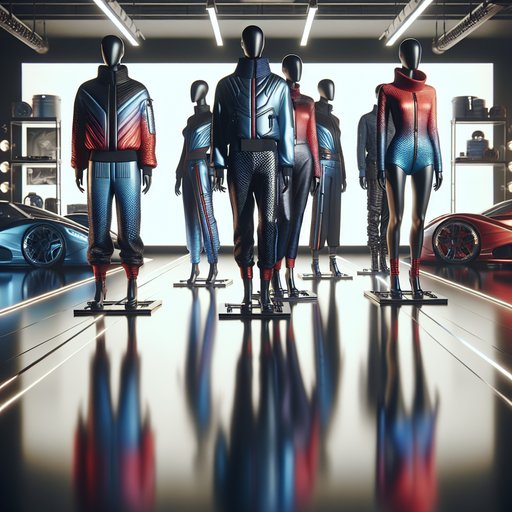
From streetwear drops to couture experiments, carmakers and fashion designers have accelerated a wave of wearable art that translates aerodynamics, paint codes, and upholstery into garments. Over the past five years, collaborations have moved from logo swaps to deeply material-driven projects, often debuting on runways, in museum programs, and through tightly choreographed pop-ups. The work courts new audiences for both sectors while giving curators fresh case studies in cross-disciplinary making and brand storytelling.
The current cycle took shape as brands realized that the language of coachbuilding—surface, seam, sheen—maps neatly onto fashion’s own material culture. Designers mine archives for heritage colorways and badges, then recast them in textiles, hardware, and pattern. Carmakers, for their part, offer access to paints, performance fabrics, and craft techniques usually reserved for interiors. The result is wearable art that still feels industrial, connecting ateliers to the factory floor in ways visible to audiences this season and beyond.
Streetwear proved an early proving ground. In 2022, Mercedes‑Maybach and the late Virgil Abloh released a posthumous capsule that translated a concept car’s sandy palette into hoodies, gloves, and caps. BMW’s ongoing projects with Kith (2020 and 2022) paired limited cars with apparel that sold out within hours, while Porsche’s link-up with Palace Skateboards (from 2021) tied race liveries to graphic-heavy garments. Supreme’s 2020 collaboration with Lamborghini showed how youth culture could refract supercar mythology, with pieces quickly entering resale markets and private archives.
At the other end of the spectrum, couture and experimental design have pushed automotive materials into runway theatre. Lexus and Roksanda presented a sculptural gown in 2022 using airbag textiles to suggest the volumes of an electric concept, and Nissan’s 2023 Paris outing with Anrealage used photochromic fabrics that shifted under UV light like a body panel reacting to sun. Mercedes‑Benz and Moncler’s Project Mondo G in early 2023 turned the G‑Class into an inflatable sculpture and launched a puffer capsule that echoed ridged bodywork. Lamborghini’s dialogue with Yohji Yamamoto in 2020 blended kimono-inspired graphics across car and clothing, while Ferrari’s in‑house line, shown each season in Milan since 2021, channels Maranello’s material know-how into tailored silhouettes.
Institutions have taken note, folding these hybrids into exhibitions and public programs that frame them as design research rather than mere merch. Design Miami/ installations and brand archives have displayed prototypes, swatches, and process videos, and the Vitra Design Museum’s 2022 show Motion, curated by Norman Foster, helped contextualize fashion’s automotive borrowings within a wider culture of mobility. On the industry side, platforms like Mercedes‑Benz Fashion Weeks and Cadillac’s former Retail Lab in New York provided mentorship, production support, and visibility for emerging designers working at this intersection. Collectors now chase both the garments and their companion cars, while museums and brand foundations acquire key pieces for study—ensuring this conversation remains accessible to audiences well beyond the showroom.












